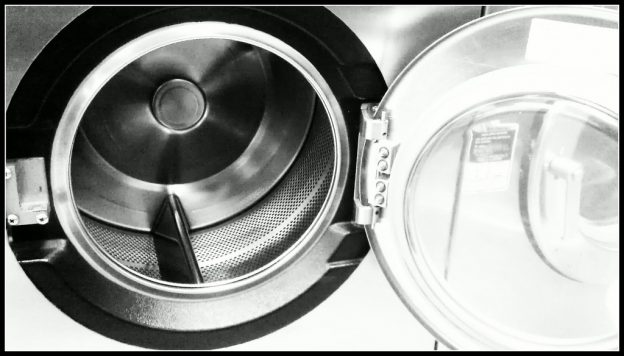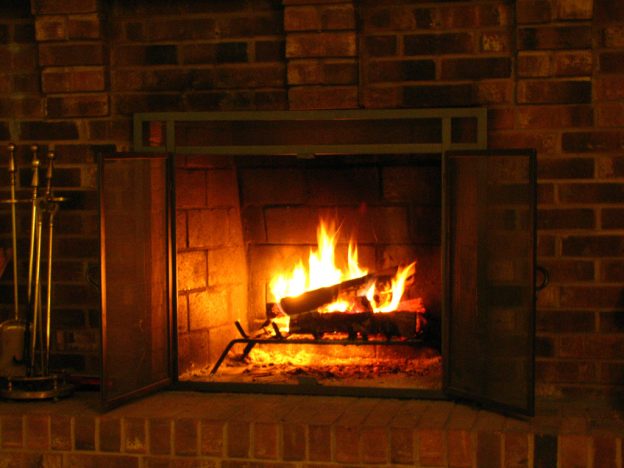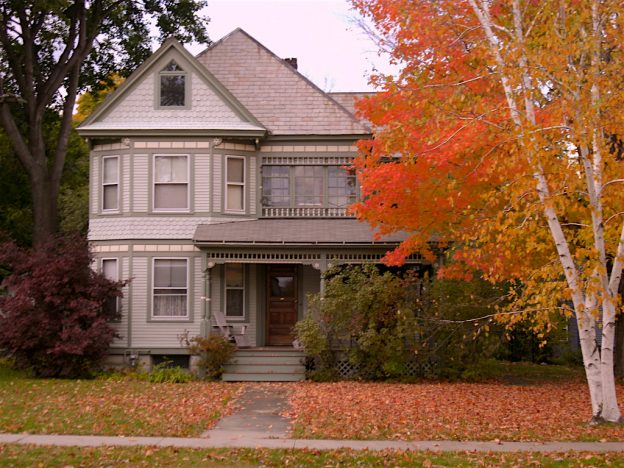The new year represents a clean slate and the chance to begin again. It’s also the ideal time to clear out unwanted items and organize your home for the year ahead. If you want a fresh start to 2017, let these decluttering approaches inspire you.
Organizational Apps
Decluttering apps are plentiful, and they provide an effective way to complete the purging process. Some, like Snupps, let you digitize your belongings and organize them into simple categories or “shelves.” From there, you decide what to keep, sell or give away. You can also reach out to other users for organizational inspiration, discover items you may be interested in acquiring or show off your personal collection.
Room-by-Room Schedule
To systematically remove clutter over time, try monthly organization that’s broken down by room. For example, you can tackle the kitchen in January and give the home office a deep clean in February. Make a schedule that works for you. This method may feel less overwhelming and rushed.
Single Purge
Prefer to declutter your entire home all at once? Designate a few days or a weekend to devote to the process. The secret is to stay focused on one task at a time and avoid getting sidetracked. Work your way through each room one by one until you’ve cleared out all areas of your home.
The new year is fast approaching and now’s the time to eliminate your clutter. Whether it’s an app, a 12-month schedule or one big purge, there’s no shortage of methods to help you have a more organized 2017.
Powered by OutboundEngine
Featured Image Credit: “an organized craft room” by alison headley © 2010 (CC BY 2.0)























